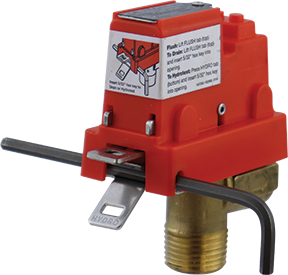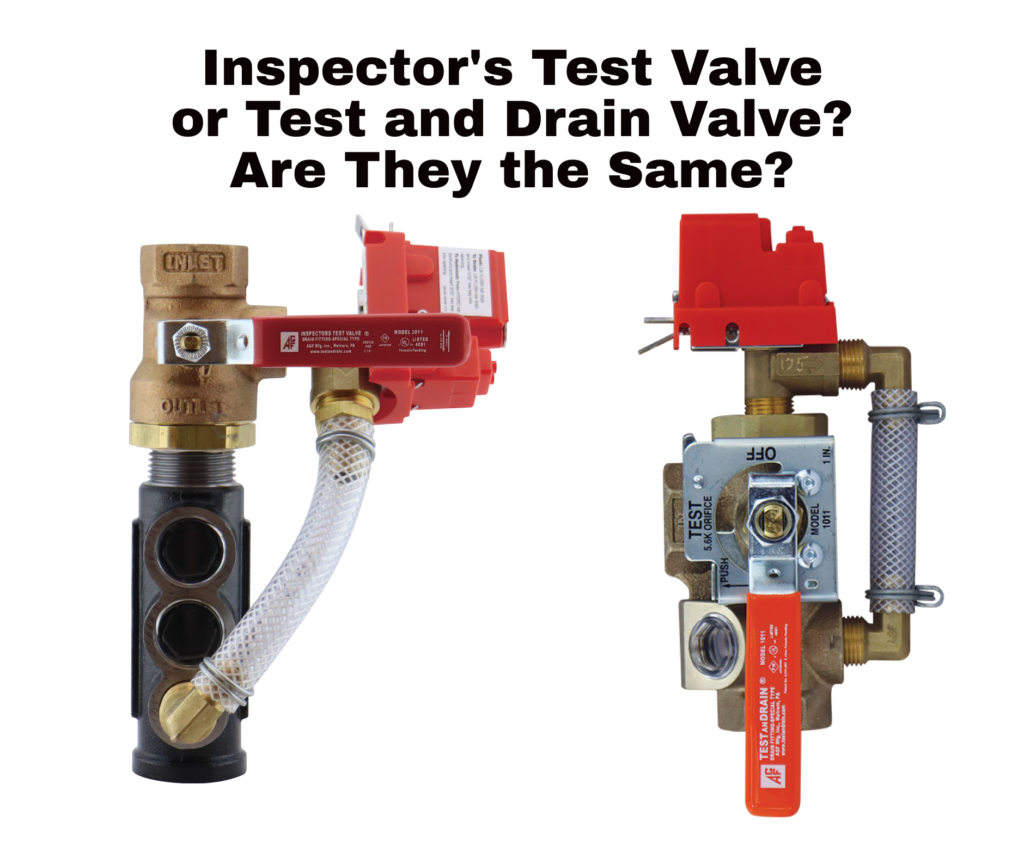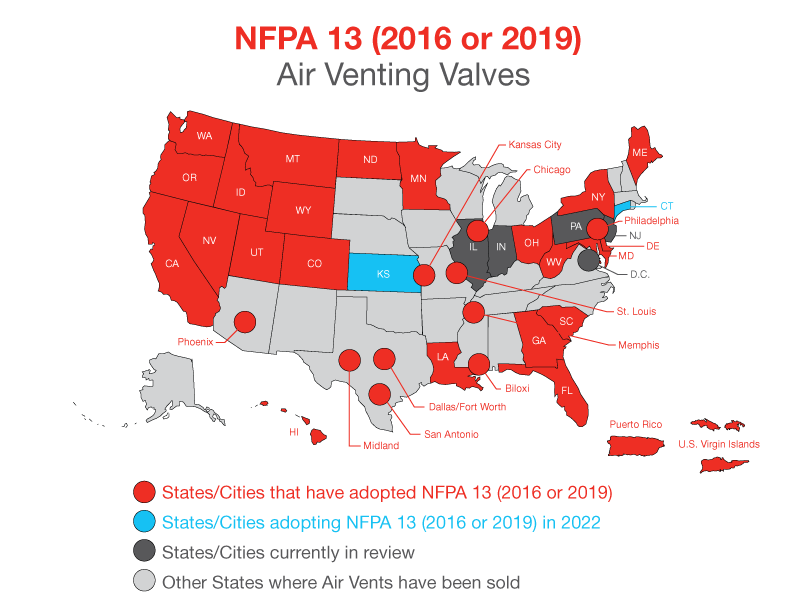With cold weather coming, even southern areas that usually don’t freeze need to prepare their fire sprinkler systems. It’s important to take action now. For dry and pre-action sprinkler systems, one of the most common vulnerabilities during extreme cold is auxiliary drains. Neglecting to properly maintain and drain these components can lead to costly damage and system failure.
What Are Auxiliary Drains?
Auxiliary drains, called drum drips or low point drains, are important parts of dry and pre-action fire sprinkler systems. They collect condensation that forms inside pipes, preventing it from pooling and causing corrosion or blockages. When temperatures drop below freezing, water in the auxiliary drain can freeze. This ice can expand and may crack the drain or the system’s pipes.
Continue reading Prevent Freezing: Your Auxiliary Drains Need Drained NOW! →




